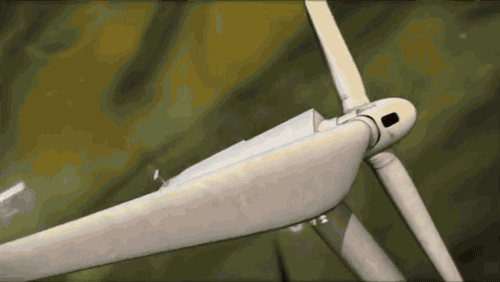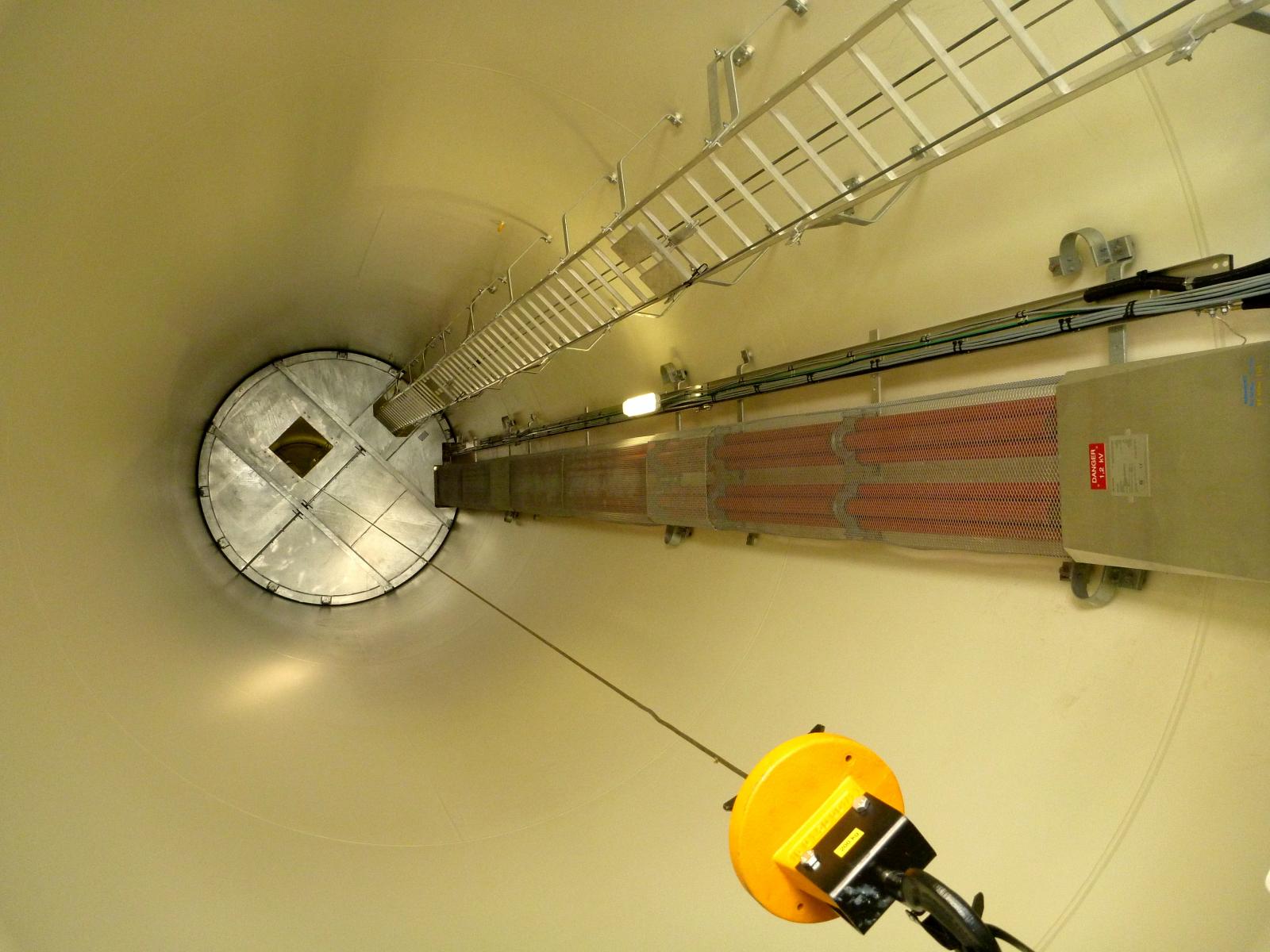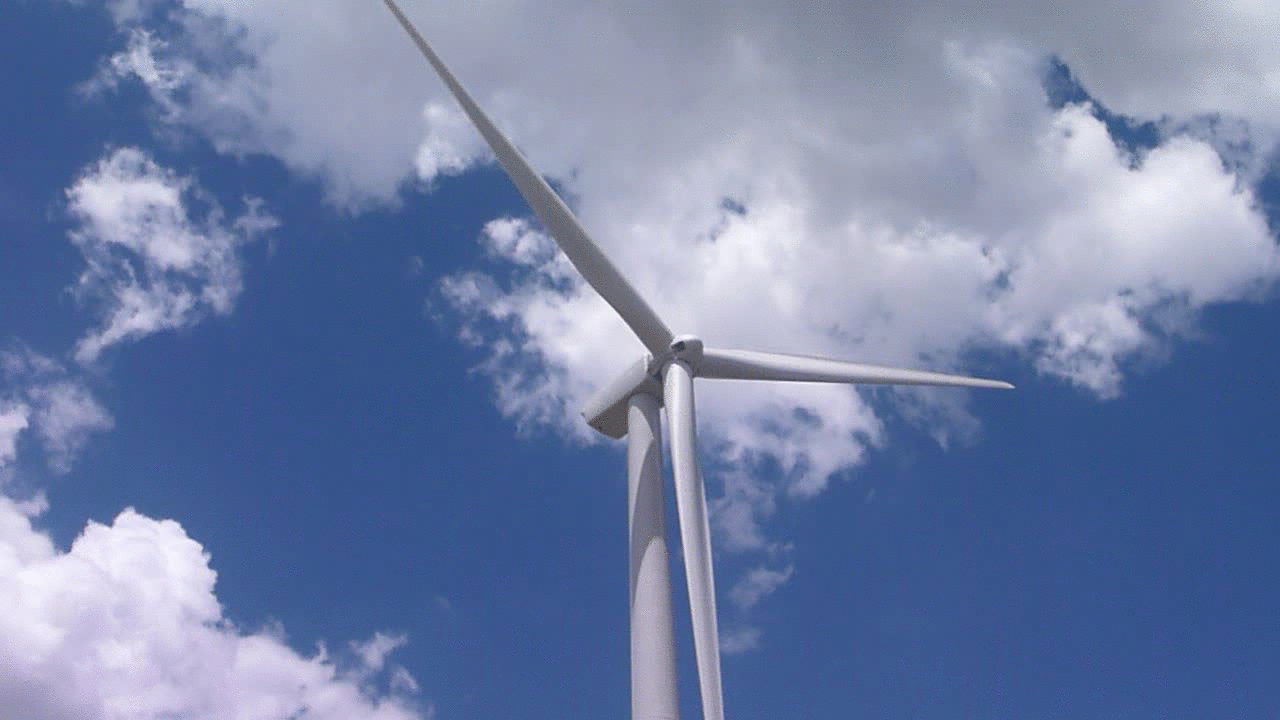Bill’s property Boco is in the middle of this brand new wind farm that is today welcoming the local community into its steadily rotating heart. Sixteen months after construction commenced Boco Rock Wind Farm is set to turn the local air currents into energy for the surrounding districts and beyond for at least the next quarter-century. Says Boco Bill: “Traditionally we were cattle and sheep, but we’re farming cattle and wind now!”
“The economic and social gain that the area can get out of the turbines is going to be a benefit, so we've supported the development”
"The economic and social gain that the area can get out of the turbines is going to be a benefit, so we've supported the development," says fourth-generation district farmer and Bombala mayor Bob Stewart, who worked closely with the Boco partners to ensure that the oversize-load trucks bearing the giant turbine blades and towers from the Port of Eden could squeeze through his town and up to the site. Roads were widened, roundabouts too—even new bridges were built by the developers. “There's a return to the landowners for hosting the turbines, and there's a community fund … Bombala Council is the recipient of $77,500 a year, plus CPI, for the next 20 years,” says Bob. “We'll be able to get those smaller projects that community groups have been seeking, that we didn't have the financial capacity to do.” Cooma Council is also a beneficiary of such payments, which are calculated on how many turbines each district hosts. In total, $167,500 will be paid each year to the two councils during the farm’s operation.
Boco Rock is CWP Renewables’ first wind farm development in NSW and is now owned by the Thai Electricity Generating Public Company, EGCO. Construction began in 2013, and has been delivered by a construction consortium comprising Downer and GE. It currently has 67 GE wind-turbine generators (WTGs): 58 of the turbines are 1.7-100 and nine are 1.6-100, or 1.72 and 1.62 megawatts respectively. As it stands and spins today, the expected output from Boco Rock is 113.2 MW, enough to provide power to more than 50,000 households. A second phase of the wind farm is currently on hold pending the results of the ACT government wind auction, in which Boco Rock Stage 2 is one of 18 projects competing to supply power to the ACT.
The elephant in the room is the uncertainty hanging over the RET, Australia’s renewable energy target. “If there’s no resolution for the RET in the next six to 12 months, all the investment will go offshore,” warns farmer Charlie Prell. “They’re building more wind farms in China every year than there are wind farms in the rest of the world.” Charlie has turbines on his land in Crookwell, NSW, is state organiser with the Australian Wind Alliance and has just appeared in a pro-RET ad for GetUp! His livelihood as a farmer has been transformed—saved, even—by hosting wind turbines.
 Industrial Internet is turning into a reality that could transform business operations. Our turbines use technology allowing them to “talk” to each other.
Industrial Internet is turning into a reality that could transform business operations. Our turbines use technology allowing them to “talk” to each other. But in the meantime, the technology on show at Boco Rock is what everyone is talking about—even the seemingly taciturn towers themselves. “The turbines all ‘talk’ to each other … we can take our laptop to one turbine and do troubleshooting on another,” says David Brown, GE Power & Water’s site manager for the project, who moved his wife and kids to Cooma for the 14 months he’s been working here.
Thomas Onions, an installation technical analyst, has been working with GE wind turbines for seven years. Before Boco, he was on projects in Vietnam; next up for him is Thailand, and he has already ticked off the US, Canada and India. “We have a wind-control system which controls real and reactive power output from the site and it offers the grid a lot of stability,” explains Tom. “That’s a big benefit to this area because the grid generally in Australia is not so robust, because it doesn’t need to be—there are not so many people, and there are not so many plants along the way.”
More than 1,000 people have turned up for a closer look at the wind farm—and for the rare opportunity to walk inside a tower. As a bus takes another load of locals out to WTG No. 45, a kangaroo hops across the paddock where cattle will soon return to graze, and CWPR’s Adrian Oakey shares more Boco stats. “The wind farm runs for 12 kilometres in a north-south direction and roughly 4 kilometres in width between the most easterly and the most westerly turbine,” he says. “We’ve got roughly 33 kilometres of internal roads, all built for the project.”






